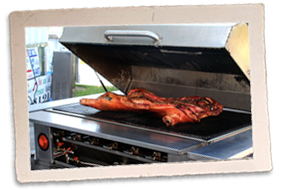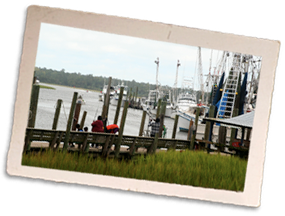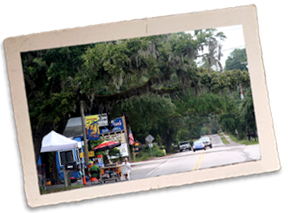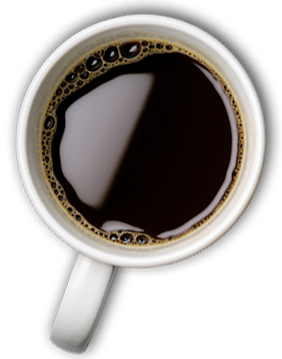 |
|
Articles & Essays
"Sunday Dinner: Frozen peas aren't just for casseroles"
Published 01/04/15
The News & Observer (Raleigh, NC)
|
The orthopedist diagnosed the off-and-on pain in The Hub’s left knee as a torn meniscus, and scans showing a white blob with a flap instead of the solid white blob it was supposed to be confirmed the injury.
As Hub was prepped and waiting to be wheeled in for surgery, his rather jolly surgeon popped into the curtained cubicle. I jumped in and grilled him: We borrowed crutches, do I need to get those out of the car? Will he need ice packs?
No on the first question. As for the second, use bags of frozen peas, the doctor said.
As a testimonial to the therapeutic qualities of frozen legumes, he told us in detail how “after surgery to keep from having baby No. 5,” the bags had conformed nicely to his target area and provided welcome relief.
After Dr. TMI left, I settled in for a long afternoon in the waiting room, but Hub was in and out of surgery in less time than my overpacking warranted. (I had brought a laptop, knitting and a book.)
Back home, Hub did find a sack of frozen peas more useful than a flat ice pack, even though he was applying them to a larger, yet still rounded, area than the doctor did.
Since then, I’ve learned that frozen peas seem to be the universal orthopedic remedy, so much so that I wonder if anyone purchases them for actual consumption.
One of Hub’s coworkers keeps bags of peas labeled “do not eat” in her freezer strictly for injuries. She has a teenage son. Need I say more?
There’s a downloadable pattern on Ravelry.com for a knitted frozen-peas-bag cover. In a “pea stitch,” of course.
And because it’s hard to pass up a marketing opportunity, there are fake frozen peas made for joint and muscle wraps.
A product called Frozenpeaz consists of balls of solidified corn syrup dyed pea green. According to an article from Britain’s Daily Mail, the advantage of the product is that the balls remain separate when refrozen, unlike actual peas, which can clump up. Frozenpeaz can also be used as a hot pack. Heating frozen peas results in Mushy Peas, that British favorite that has minimal use as orthopedic therapy, although some people do run from it.
I noticed on the product website that knee wraps are $49. For that, I could buy enough of the real thing to soothe a rugby team; more if I luck up on a BOGO.
One question remained unanswered in my mind: Are frozen peas really better for an injury than ice packs, or should they be sent back to tuna casseroles?
I found an answer at the website for Improbable Research, an MIT-based group that also gives out the annual Ig Nobel Prizes. The group collects actual research that, they say, “makes people laugh and then think.” (Find out more at www.improbable.com.)
The site quoted several university studies that tested the efficacy of frozen peas vs. ice packs, gel packs or a frozen mixture of water and alcohol in treating injuries. The water-alcohol mixture and ice packs worked better than peas or gel packs, according to studies at Chulalongkorn University in Bangkok and the University of Central Lancashire in the U.K.
But if all you have is a bag of peas or a gel pack, peas win, according to a study from Coventry University in the U.K.: “Application of frozen peas produced mean skin temperatures adequate to induce localized skin analgesia, to reduce nerve conduction velocity, and to reduce metabolic enzyme activity to clinically relevant levels. Flexible frozen gel packs did not cool skin sufficiently to achieve these levels.”
I think the message in this science-speak is: Next time you sprain an ankle, give peas a chance.
Return to Articles & Essays |
|
|
|















